
Starting June 1st, 2023 Our warehouse fee will be $0.65/cubic foot per month
In effort to lower the warehouse storage fee during inflation, we have went narrow aisle racking.This construction took us four months but the project is finally completed. With narrow aisle racking, we are able to drop storage by 24%.We as partners will go through this inflation together.
01/25/2024
Maritime transportation is crucial globally, benefiting everyone in our daily lives. Despite advancements in aviation, the shipping industry remains indispensable for economic growth. Serving as the backbone of international trade, freight transportation moves a vast array of goods daily, contributing significantly to economies. According to the International Chamber of Shipping, the shipping industry, with over 50,000 merchant ships operating internationally, handles nearly 90% of world trade.
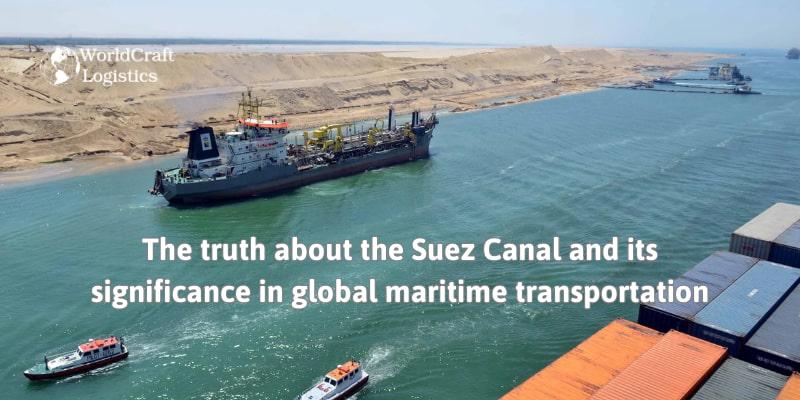
In addition to natural resources, human interventions such as artificial canals have enhanced global marine transportation. Canals like the Panama Canal, Volga-Don Canal, Corinth Canal, Grand Canal, and Suez Canal have transformed shipping by shortening routes and reducing operational costs. These artificial waterways provide alternative and efficient transportation routes across major seaways worldwide, playing a crucial role in facilitating international trade.
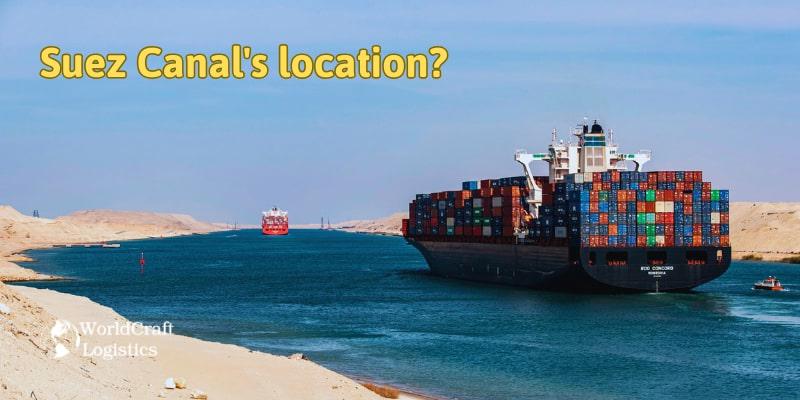
The Suez Canal, spanning 193.30 km (120 miles), is an artificial sea-level waterway situated in Egypt, connecting the Mediterranean Sea to the Gulf of Suez, a northern extension of the Red Sea. Opened officially in November 1869, it stands as one of the world's busiest shipping routes, facilitating the passage of numerous vessels annually.
This canal, serving as a link between Asia and Africa, offers the shortest maritime route between Europe and regions bordering the Indian Ocean and the Western Pacific Ocean. Constructed by the Suez Canal Company from 1859 to 1869, the Suez Canal Authority has since owned and maintained it.
In 2015, Egypt completed a substantial expansion, deepening parts of the canal and adding a second 35km-long shipping lane. This enhancement accommodates two-way traffic and larger vessels, exemplified by the 2017 passage of the world's largest container ship, the 400-meter long OOCL Hong Kong, carrying 21,400 containers.
The Suez Canal plays a pivotal role in Egypt's economy, witnessing approximately 8% of global seaborne trade annually and generating $5.3 billion in 2017, according to Reuters.
Despite its formal completion in 1869, the idea of connecting the Nile River to the Mediterranean Sea and the Red Sea dates back around 40 centuries, with historical evidence of various rulers reopening and extending the canal.
Modern efforts to build a canal began in the late 1700s during Napoleon Bonaparte's expedition, but construction was halted due to a measurement error. In the mid-1800s, French diplomat and engineer Ferdinand de Lesseps secured support from the Egyptian viceroy Said Pasha, leading to the formation of the Universal Suez Ship Canal Company in 1858. This company was granted the right to construct and operate the canal for 99 years before it came under Egyptian government control.
👉 See more:
Worries regarding rising container shipping costs following incidents in the Red Sea
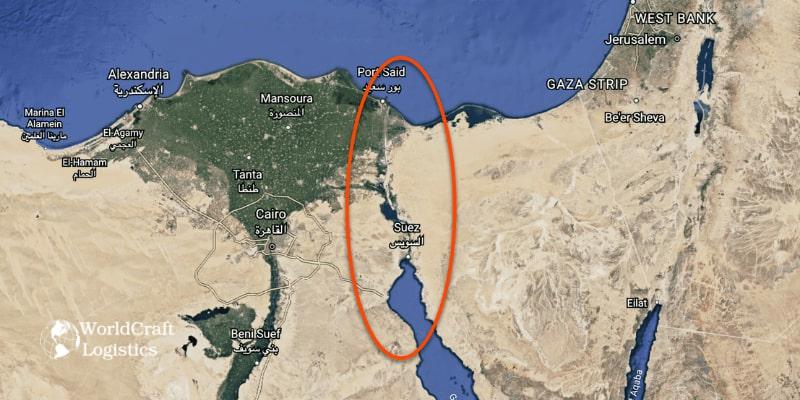
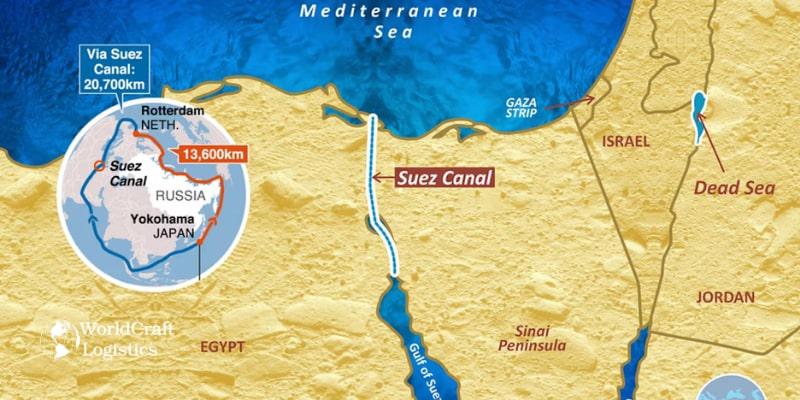
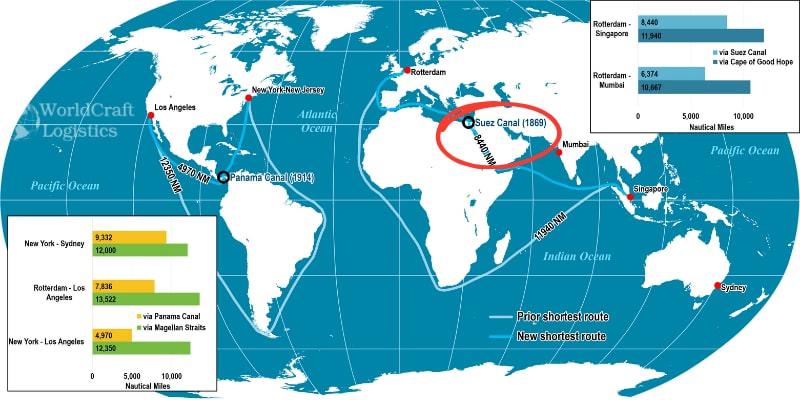
The Suez Canal is of paramount importance in maritime shipping for several key reasons:
🛳 Strategic Shortcut: The canal serves as a critical shortcut for maritime traffic, providing a direct link between the Mediterranean Sea and the Red Sea. This strategic location significantly shortens the route for ships traveling between Europe and vital regions bordering the Indian and Pacific Oceans.
🛳 Time and Cost Efficiency: Ships transiting through the Suez Canal experience substantial time and cost savings compared to alternative routes. The canal reduces the travel distance from Europe to Asia by approximately 7,000 kilometers, leading to fuel savings and operational cost reductions for shipping companies.
🛳 Global Trade Facilitator: As one of the busiest shipping routes globally, the canal plays a pivotal role in facilitating international trade. It serves as a crucial conduit for the transportation of goods and commodities between major economic regions, contributing significantly to the efficiency of the global supply chain.
🛳 Economic Impact: The revenue generated from tolls and fees associated with canal usage contributes significantly to the economy of Egypt. This income supports infrastructure development and economic growth in the region.
🛳 Historical Military Significance: Beyond its commercial importance, the Suez Canal has historically been strategically significant for military operations. Control over this key waterway has influenced various conflicts and wars in the region.
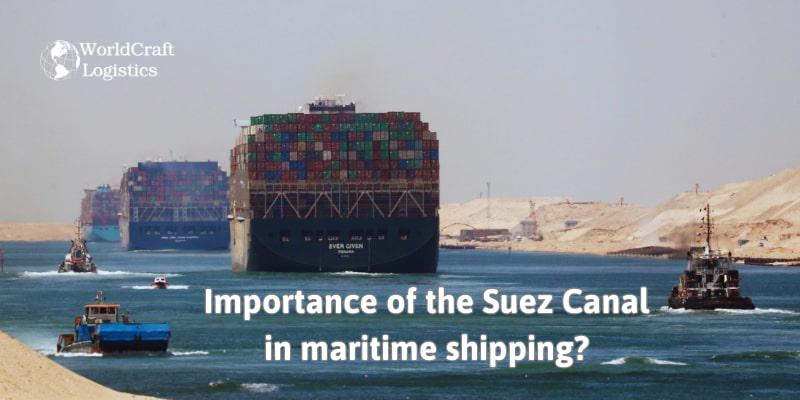
In summary, the Suez Canal's importance in maritime shipping lies in its role as a vital and efficient waterway, connecting major international trade hubs, facilitating global commerce, and contributing to economic development.
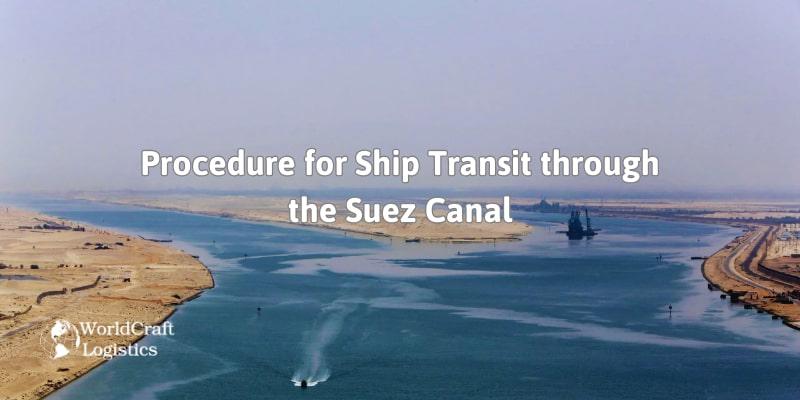
Ships transit through the Suez Canal following a well-defined process:
Ships entering the canal approach the northern or southern entry points, namely Port Said in the north and Suez in the south. Before entry, vessels must adhere to regulations and coordinate with the Suez Canal Authority (SCA) for scheduling and guidance.
The Suez Canal operates on a convoy system to manage traffic efficiently. Ships are grouped into convoys, and each convoy is guided by a canal pilot. Convoys are organized based on ship size, type, and destination.
Suez Canal pilots board the vessels to guide them safely through the canal. These pilots are experienced maritime professionals familiar with the canal's navigation.
The canal consists of multiple navigation channels, and pilots guide ships through the appropriate route. Navigation is aided by a series of buoys, lights, and signals, and vessels must adhere to speed limits and safe distances from other ships.
Control towers along the canal monitor ship movements and provide instructions to ensure safe and efficient traffic flow. Traffic control measures are in place to avoid congestion and maintain a smooth transit for all vessels.
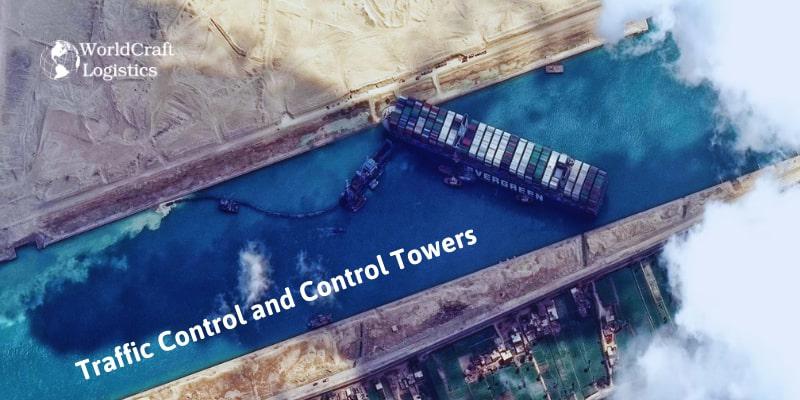
The canal includes bypassing stations and lakes where ships may pass each other. These areas are strategically designed to accommodate two-way traffic.
After navigating through the canal, ships exit either at the northern or southern end, depending on their initial entry point. Pilots disembark, and vessels resume their journey in the Mediterranean Sea or the Red Sea.
Ships are required to pay tolls and fees for using the canal, and these charges contribute to the maintenance and operation of the Suez Canal. It's crucial for ships to follow the regulations set by the Suez Canal Authority to ensure safe and efficient transit through this vital waterway. The entire process is carefully managed to accommodate the high volume of maritime traffic and maintain the canal's importance in global shipping.
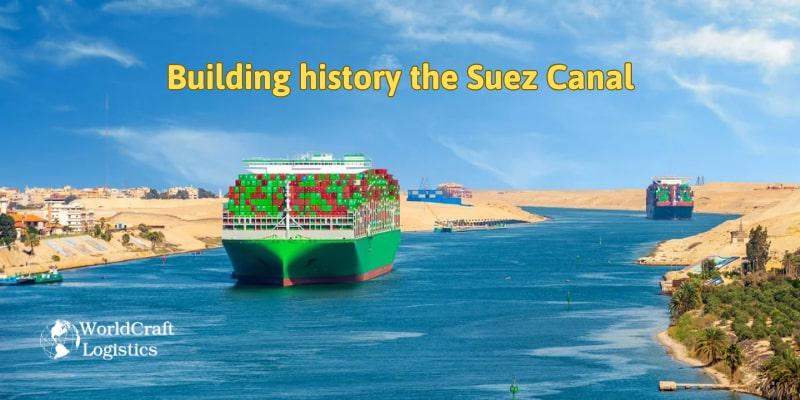
The construction of the Suez Canal is an important "golden" chapter in the history of maritime engineering and international trade. The idea of connecting the Red Sea to the Mediterranean Sea dates back about 4,000 years. Various rulers, including the Pharaohs of ancient Egypt, considered the concept of a canal connecting the Nile, the Mediterranean, and the Red Sea.
The first recorded attempt to build a canal in the area occurred during the reign of Senausret III, an Egyptian Pharaoh (1887-1849 BC). However, the canal was frequently abandoned and reopened over the centuries under different dynasties, including Sity I (1310 BC), Necho II (610 BC), Persian King Darius (522 BC ), Emperor Trajan (117 AD) and Amro Ibn Elass. (640 AD).

Napoleon's expedition began in the late 1700s during his expedition to Egypt. Napoleon aimed to create a French-controlled channel across the Isthmus of Suez, potentially causing trade difficulties for the British.
In 1799, studies of Napoleon's canal planning began, but measurement errors showed significant differences in sea levels between the Mediterranean and the Red Sea. This led to the misconception that the canal was not feasible and construction was stopped.
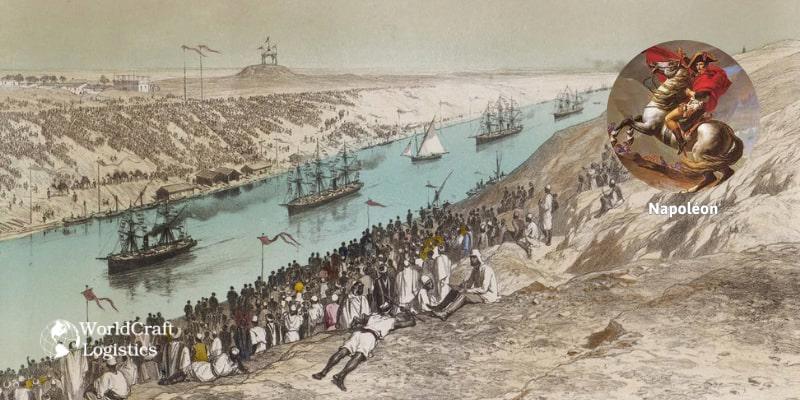
In the mid-1800s, Ferdinand de Lesseps, a French diplomat and engineer, persuaded Egyptian viceroy Said In 1858, the Universal Suez Canal Company (La Compagnie Universelle du Canal Maritime de Suez) was founded. , has the right to build and operate the canal for 99 years.
Construction of the Suez Canal began in 1859 and was completed in 1869. The canal was officially opened on November 17, 1869, with a ceremony attended by international dignitaries.
The Suez Canal Company operated the canal until 1956, when it was nationalized by Egyptian President Gamal Abdel Nasser.
In 2015, Egypt completed a significant expansion of the canal, deepening sections and adding a second shipping lane to accommodate larger ships and increase capacity.
The Suez Canal has since played a pivotal role in global maritime trade, providing a vital shortcut for shipping and contributing significantly to the economy of Egypt and the international community.
Upon the completion of the Suez Canal project, its impact on global trade became significant, notwithstanding the initial years where the traffic through the waterway fell below expectations. Financial challenges associated with the canal's construction led to the British government purchasing Egyptian interests in 1875, thereby becoming the major shareholder in the Suez Canal Company.
Critical to the British economy, the canal provided a shorter sea route to colonies and Persian Gulf oilfields. In 1875, Britain further solidified its control over Egypt when the country faced financial insolvency, allowing European banks to take financial control.
As French and British control persisted, resentment among Egyptians grew, leading to Britain's invasion of Egypt in 1882. Although the Anglo-Egyptian treaty of 1936 granted Egypt virtual independence, Britain retained full control of the Suez Canal. During World War I, Egypt was declared a protectorate, and British forces protected the canal until 1922 when nominal independence was granted.
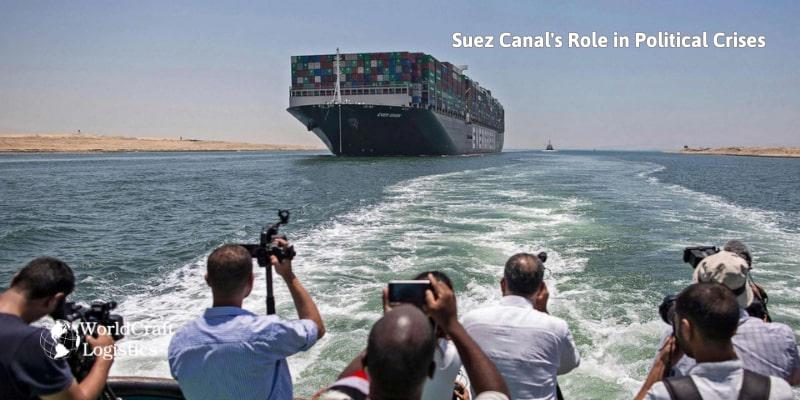
Despite the 1936 treaty declaring Egypt a sovereign state, Britain withdrew its troops only in 1956. The Suez Crisis of 1956 began when Egyptian President Gamal Abdel Nasser nationalized the canal, leading to an invasion by the UK, France, and Israel. UN intervention forced their withdrawal, allowing Egypt to reopen the canal for commercial shipping.
Continued political unrest led to the canal's closure in 1967 during the Six-Day War between Israel and Egypt. The closure stranded 15 vessels in the Great Bitter Lake, known as the Yellow Fleet, until 1975, when Egypt reopened the canal after peace talks with Israel.
Since then, the Suez Canal remains a crucial transport link between the Mediterranean and Red Seas, enabling international ships to bypass the challenging journey around the southern tip of Africa. The Suez Canal Authority anticipates an increase in daily vessel traffic to 97 ships and revenue of $13.226 billion by 2023, as it stands as the world's longest canal without a lock.
The current depth of the Suez Canal is approximately 24 meters.
The exact number of workers who died during the construction of the Suez Canal is not well-documented, but estimates suggest tens of thousands lost their lives.
The initial financing of the Suez Canal's construction came from French and Egyptian investors. Later, the British government became a major financial contributor.
The Suez Canal was built by the Suez Canal Company, with construction taking place between 1859 and 1869.
The Suez Canal begins at Port Said in the north and ends at Suez in the south, connecting the Mediterranean Sea to the Gulf of Suez, an extension of the Red Sea.
In summary, the Suez Canal is not just a significant historical site in the evolution of global maritime traffic but also a symbol of the enduring connectivity between continents and nations throughout many decades. The completion of the Suez Canal's construction has played a pivotal role in stimulating economic growth and generating income for Egypt. This information is sourced from an article on worldcraftlogistics.com. Stay tuned for upcoming topics in the near future by following us. Thank you, readers.
SEO
Digital Marketing/SEO Specialist
Simon Mang is an SEO and Digital Marketing expert at Wordcraft Logistics. With many years of experience in the field of digital marketing, he has shaped and built strategies to effectively promote Wordcraft Logistics' online presence. With a deep understanding of the logistics industry, I have shared more than 500 specialized articles on many different topics.

Education
01/05/2025

Education
02/18/2025

Education
01/01/2024

Education
08/28/2024
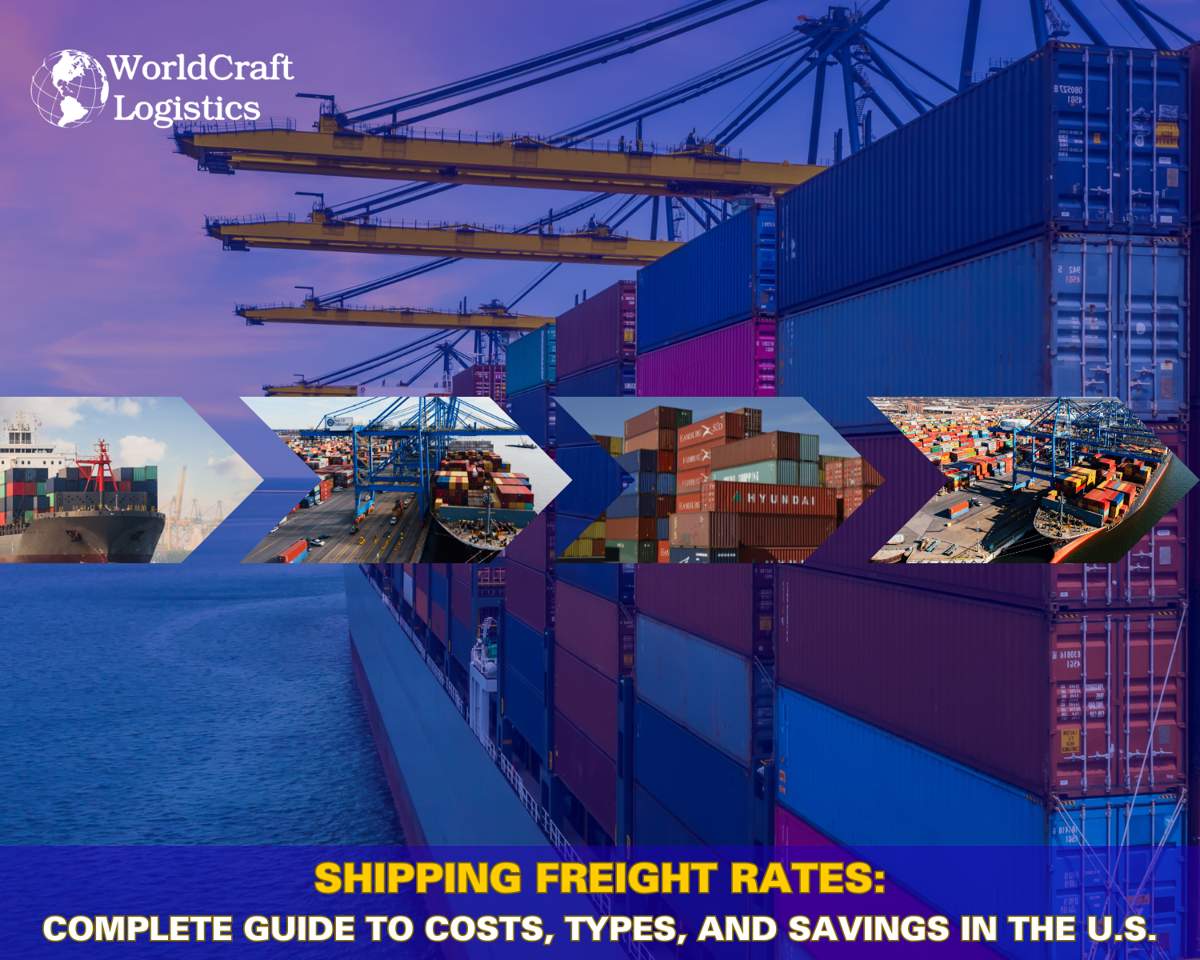
Education
09/09/2025